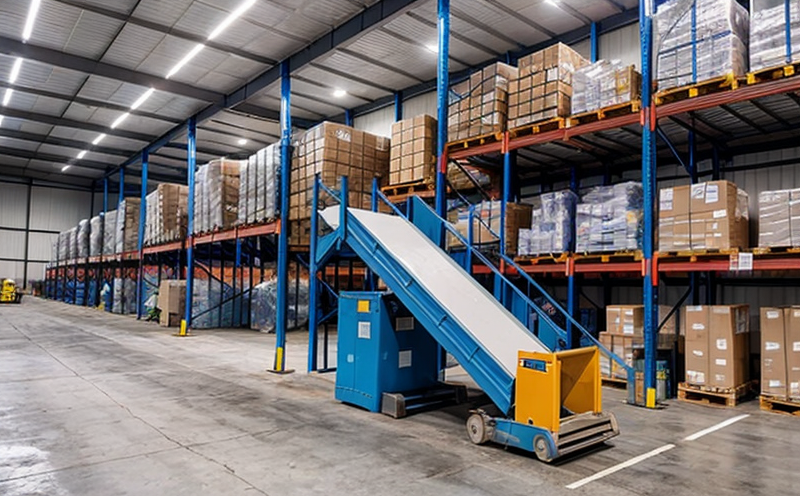Warehouse conveyor inspection
The warehouse conveyor inspection is a critical service that ensures the safe and efficient operation of conveyors in logistics environments. These conveyors are integral to the supply chain, handling vast quantities of goods with precision and speed. Given their pivotal role, it's essential to maintain these systems in optimal condition to prevent downtime, reduce operational costs, and ensure compliance with health and safety regulations.
Conveyors can be found across various sectors including manufacturing, retail, distribution centers, and third-party logistics providers. These systems are subject to constant wear and tear due to the high volume of goods they handle daily. Regular inspections help in identifying potential issues early on, thus preventing catastrophic failures that could disrupt operations.
Conveyor inspection services typically include visual assessments, load testing, lubrication checks, alignment verification, and structural integrity evaluations. The primary goal is to ensure that all components are functioning correctly and meet the required standards set by relevant authorities and international guidelines such as ISO 9001 for quality management systems or OSHA regulations in the United States.
Effective conveyor inspection requires specialized knowledge and equipment. Skilled technicians equipped with advanced tools can accurately diagnose problems, recommend necessary repairs or replacements, and provide recommendations for preventive maintenance programs tailored to individual facilities' needs. This proactive approach not only enhances operational reliability but also extends the lifespan of conveyors significantly.
The importance of regular conveyor inspections cannot be overstated. Inefficient or faulty conveyors lead to increased downtime, higher repair costs, and potential safety hazards for employees working around them. By investing in comprehensive inspection services early on, organizations can avoid these pitfalls, maintaining smooth operations while adhering to regulatory requirements.
Why It Matters
The significance of warehouse conveyor inspections extends beyond mere maintenance; it plays a crucial role in ensuring operational efficiency and safety within logistics facilities. Properly maintained conveyors contribute directly to reducing overall costs associated with downtime, repairs, and replacements while simultaneously enhancing worker safety.
- Reduces Downtime: Regular inspections identify issues before they escalate into full-blown failures, thereby minimizing unexpected outages that could disrupt supply chains.
- Enhances Safety: Identifying and addressing potential hazards early helps prevent accidents involving personnel operating or working near these machines.
- Prolongs Lifespan: By catching problems during their initial stages through routine checks, the lifespan of conveyors is extended considerably, leading to long-term savings on equipment purchases.
- Meets Compliance Requirements: Ensuring all aspects of conveyor systems comply with relevant health and safety standards fosters a culture of compliance within organizations.
In summary, warehouse conveyor inspections are vital for maintaining efficient and safe operations in logistics environments. They form an integral part of any robust maintenance strategy aimed at preserving the integrity of these critical assets over time.
Scope and Methodology
The scope of a warehouse conveyor inspection encompasses several key areas that are crucial for ensuring optimal performance and safety. This includes comprehensive visual inspections, detailed load testing to assess capacity limits, thorough lubrication checks to ensure smooth operation, alignment verification to maintain precise movements, and structural integrity evaluations to identify any signs of wear or damage.
Visual inspections involve examining all visible parts of the conveyor system for any visible defects such as rusting, cracks, misalignments, or other anomalies. Load testing is conducted by applying simulated loads to simulate actual operational conditions under which conveyors will typically operate. Lubrication checks focus on ensuring that all moving parts receive adequate lubricants necessary for reducing friction and extending component life.
Alignment verification ensures that the conveyor runs straight without any deviations, thereby preventing misalignment-induced stress on components and premature wear. Structural integrity evaluations involve detailed assessments of the frame and supports to ensure they are stable and capable of supporting the weight they carry safely.
The methodology used in conducting these inspections involves a combination of manual observations by experienced technicians supplemented by advanced diagnostic tools that provide real-time data about system performance. This hybrid approach allows for both qualitative assessments as well as quantitative measurements, providing a holistic view of conveyor health.





